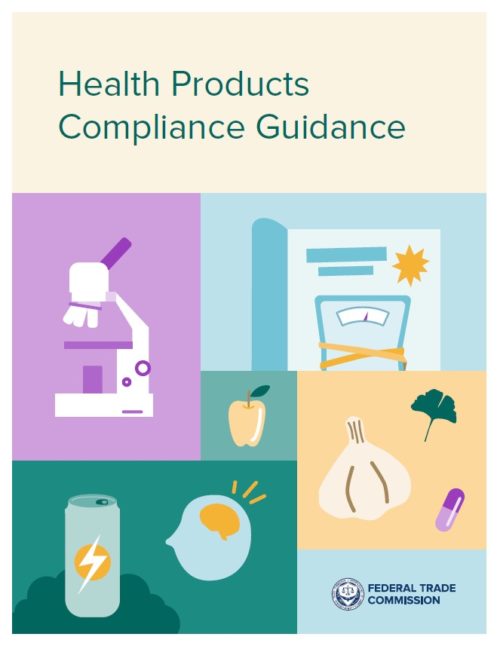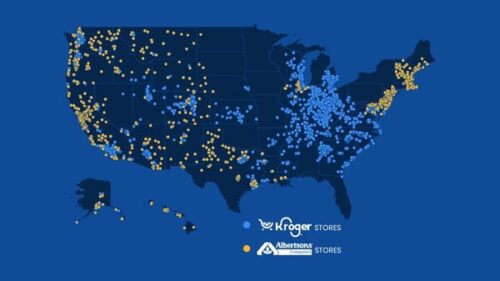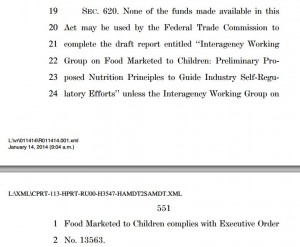The Federal Trade Commission has issued a Health Products Compliance Guide.

This amazing publication takes on the Dietary Supplement Health and Education Act of 1994. That act effectively removed the FDA from regulating dietary supplements. It also allowed supplement labels to make “structure/function” claims that the supplement supported some structure or function of the body, whether or not there was much in the way of scientific evidence to back up those claims (in contrast, FDA-authorized claims must be scientifically substantiated).
Now the FTC is saying:
Marketers of health-related products, including dietary supplements, should be familiar with the requirements under both FDA law and FTC law that labeling and advertising claims be truthful, not misleading, and substantiated. The FTC approach generally requires that health-related claims be backed by competent and reliable scientific evidence substantiating that the representations are true.
Marketers cannot suggest unsubstantiated benefits, safety, or other characteristics.
Example 4: An ad for an infant formula states that an ingredient added to the formula can reduce the symptoms of colic. The ad includes an unrelated chart from a pediatric journal showing that, as a general principle, the length of time that colicky babies cry tends to decrease over the first 12 weeks of life…Using the graph in an ad for the infant formula likely implies that the formula, rather than the babies’ ages, causes the decrease in crying time.
Claims have to be qualified.
Example 10: An energy drink contains an ingredient that, when consumed daily over an extended period, can result in a significant increase in blood pressure. Even absent any representation about the product’s safety, the marketer should disclose this potentially serious risk.
Qualifying information must be clear and straightforward.
Example 13: A company has results from two studies suggesting that its supplement helps to maintain healthy cholesterol levels. There are, however, significant limitations to each of the studies… The company makes a claim in advertising that “promising, preliminary scientific studies show that our product may be effective in reducing cholesterol.” The use of the words “promising,” “preliminary,” and “may” is unlikely to sufficiently convey the limitations of the science.
Assertions about the strength of evidence must be accurate.
Example 16: An ad for a supplement includes the statement “Scientists Now Agree!” in discussing the product’s benefit. This statement likely conveys to consumers that the state of science supporting the benefit has reached the level of scientific consensus. Unless the advertiser possesses evidence demonstrating that scientists have reached that consensus, the claim is false.
Marketers must consider the totality of the science.
Example 30: An advertiser wants to claim that a supplement will substantially reduce body fat. The advertiser has two controlled, double-blind studies showing a modest but statistically significant loss of fat at the end of a six-week period. However, there is an equally well-controlled, double-blind 12-week study showing no statistically significant difference between treatment and control groups. Assuming other aspects of methodology are similar, the studies taken together suggest that, if the product has any effect on body fat, it would be very small and may not persist over time. Given the totality of the evidence, the claim is unsubstantiated.
Here’s the press release.
The bottom line: The FTC is requiring evidence for health claims on supplements.
This will affect claims for thousands of supplement products.
Enforcement anyone? This should be fun to watch.
********
For 30% off, go to www.ucpress.edu/9780520384156. Use code 21W2240 at checkout.







